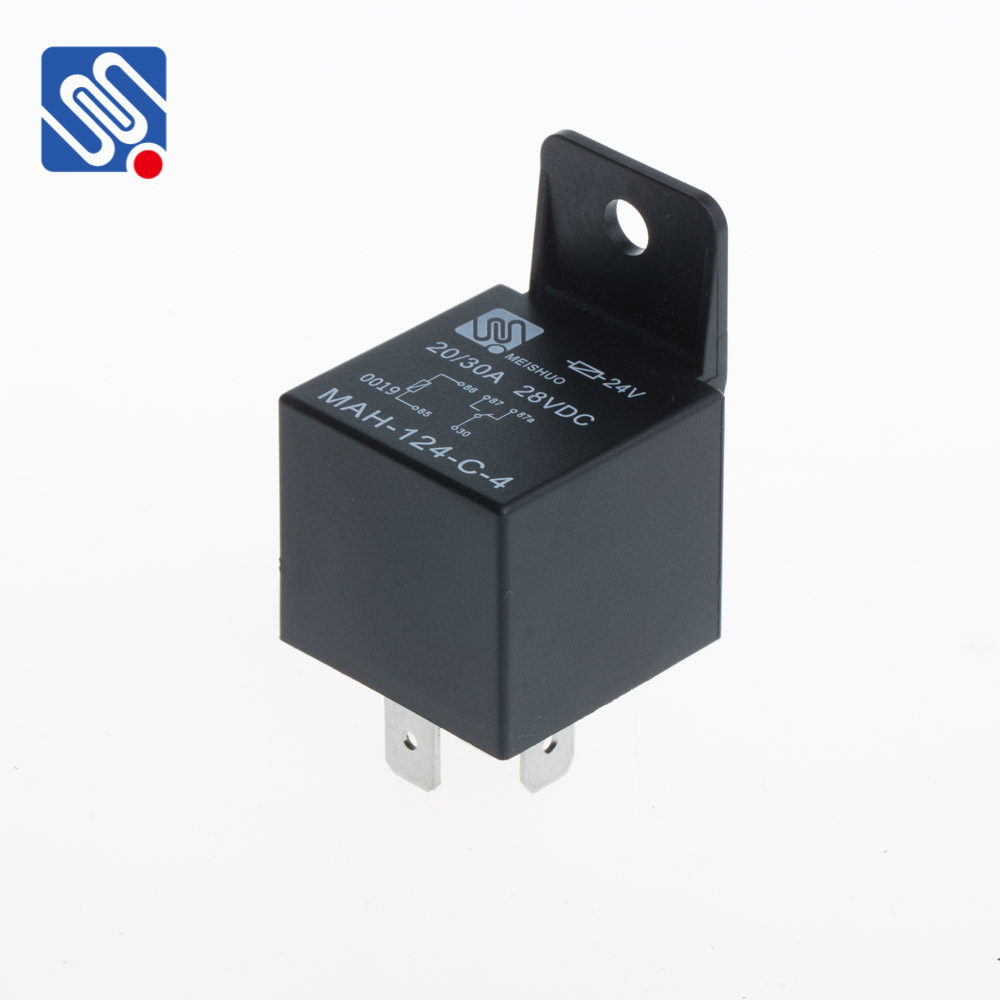Relays are essential components in electrical and automation systems, providing a crucial function of controlling circuits based on electrical signals. Whether used in industrial machinery, home appliances, or advanced automation systems, the importance of understanding relay operations cannot be overstated. This relay operation guide aims to provide a comprehensive understanding of how relays function, their types, installation procedures, troubleshooting methods, and safety considerations.

1. What is a Relay? At its core, a relay is an electrically operated switch that opens or closes a circuit based on an incoming electrical signal. It consists of an electromagnet, an armature, contacts, and a spring. When current passes through the electromagnet, it generates a magnetic field that moves the armature to either open or close the contacts, thus controlling the flow of current in another circuit. Relays are typically used to control high-voltage circuits with low-voltage signals. This makes them essential in scenarios where direct control of high-power devices from low-power control systems is required.
Leave a Reply